By Julie Wright—President and Founder
Twitter: @JulieWright
Out with the old. In with the new! What stale PR and marketing tactics will you shed in 2017?
I’ve got a few on my naughty list this holiday season. They’re activities that perhaps at one time were strategic but now are automatic things PR and marketing professionals are doing without really thinking. Isn’t it time to leave these three things behind?
- Your Press Releases No One Reads
 It’s well past time to ditch the traditional press release.
It’s well past time to ditch the traditional press release.
If you want media coverage, then spend your energy and budget on developing your brand’s story and pitching it to a carefully cultivated list of media targets.
Just as advertising is the price you pay for being unremarkable, press releases are what you do when you don’t have a real PR strategy.
They’re a PR crutch and are often abused by people who think press releases are public relations.
In 2017, empower your agency or PR department to generate media coverage with creative ideas and storytelling. Focus on your communications goals and then determine if press releases are really going to help you achieve them. If not, get creative and strategic with the tactics that will actually impact your communications and business goals.
While they may not generate media coverage, you can be strategic in your use of press releases. Use them to raise online visibility for your brand or key content to spur discovery through keyword analysis and search engine-optimized content, and to share exceptional visual content such as great photos, videos and graphics.
Just don’t continue putting them out as a proxy for a real PR strategy.
- Your Facebook Page that No One Sees
 How much time does your team spend drafting and posting content to Facebook? Now how many likes or comments does that content get you? How much traffic to your website? How much brand engagement and equity is all this effort producing?
How much time does your team spend drafting and posting content to Facebook? Now how many likes or comments does that content get you? How much traffic to your website? How much brand engagement and equity is all this effort producing?
Be honest with yourself. Is it worth it? What would happen to your business if you dumped your Facebook page? Or your Twitter account, for that matter?
If you’re doing it right, hopefully the answer would be “quite a lot.” Website visits would fall, event attendance dip and top of mind awareness would suffer.
If you can’t answer that question satisfactorily, take a hard look at what you’ve been doing and ask yourself why? Do you know what impact you want this activity to have on your business?
Now flip things around and pretend that Facebook was your only channel for reaching your audience. How would you approach it differently? Would you do more research and target better? Would you dedicate more budget to advertising? Would you study what type of content performs best?
So develop a plan in 2017 to do social media right. Or stop doing it.
Set goals for your social media activity that will support the impact you want to see for your business and then produce the content, schedule, promotion and targeting that will reach them.
- The Content You Spend More Time Marketing than Your Actual Product or Service
I get the concept behind content marketing. Provide people with helpful, well-packaged information that draws them in and predisposes them to like, trust and value your business so they’ll consider doing business with you.
 Do this on a massive scale and you’ll have a lead generation machine, the theory goes. With every blog post or white paper, an email has been captured so that the prospect can be continuously marketed with more friendly, helpful emails, blog posts and white papers.
Do this on a massive scale and you’ll have a lead generation machine, the theory goes. With every blog post or white paper, an email has been captured so that the prospect can be continuously marketed with more friendly, helpful emails, blog posts and white papers.
That said, it’s a shit-ton of work to do this right. And if you’re the prospect, you could now have five or 10 companies trying to move you through their content marketing funnel. Your email inbox will implode!
So how much of your marketing department’s time or agency budget do you want to spend generating and marketing helpful blog posts, infographics, videos, white papers and case studies, and how much do you want to spend actually marketing your product or service to your target buyers?
I may be out of fashion here, but content marketing has to have jumped the shark a few years ago.
“With over 90% of B2B marketers cranking out ‘content,’ prospective buyers are inundated with information.”
How many buyers will be saying to themselves in 2017, “Boy, if only I could find more content?” I’m skeptical. Content is important but it is not the end in and of itself. It’s the means to an end. So in 2017 stop slaving away at the content game and make sure it’s serving your needs and not vice versa.
What tactics will you be dumping in 2017? Let us know with a comment or tweet!
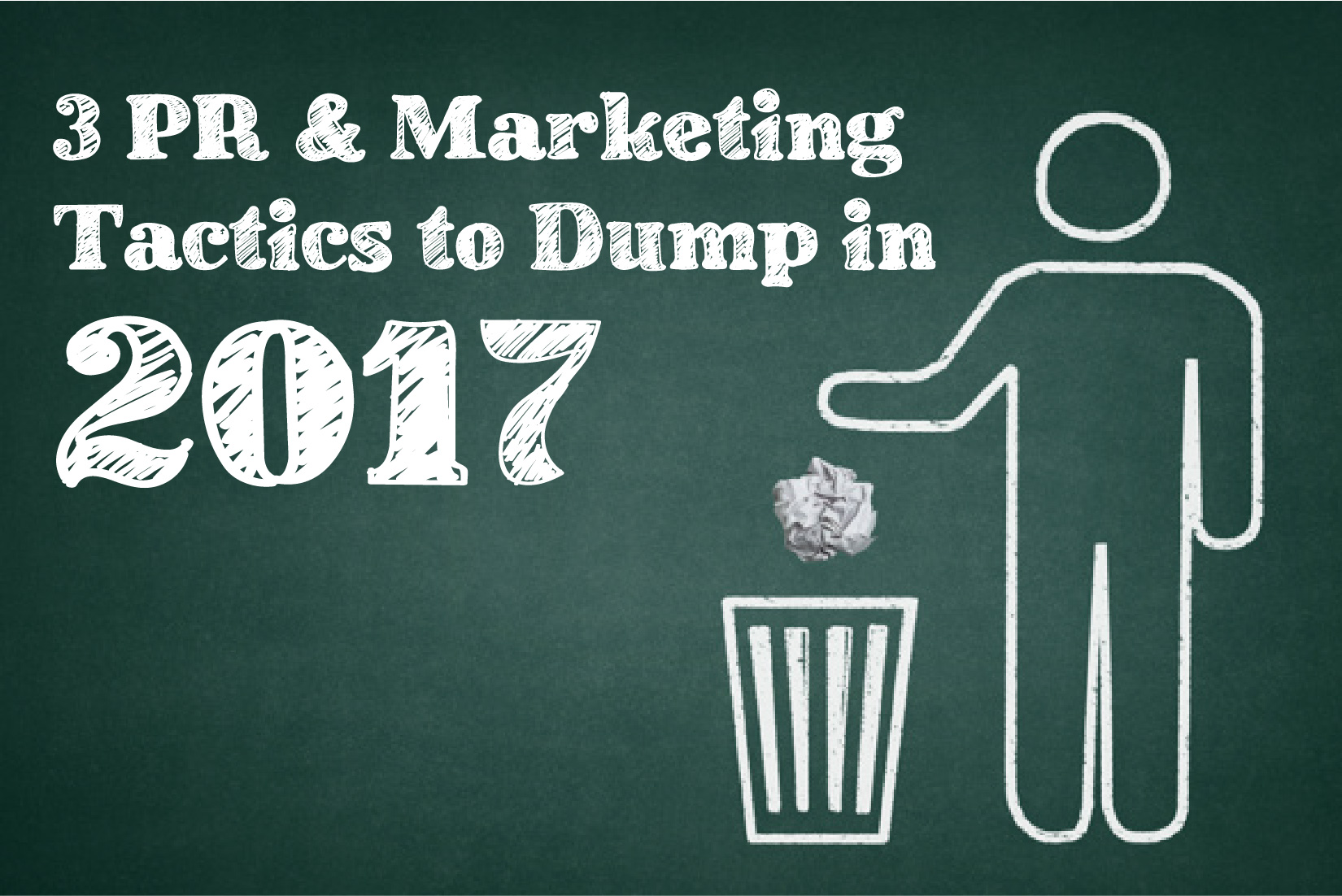







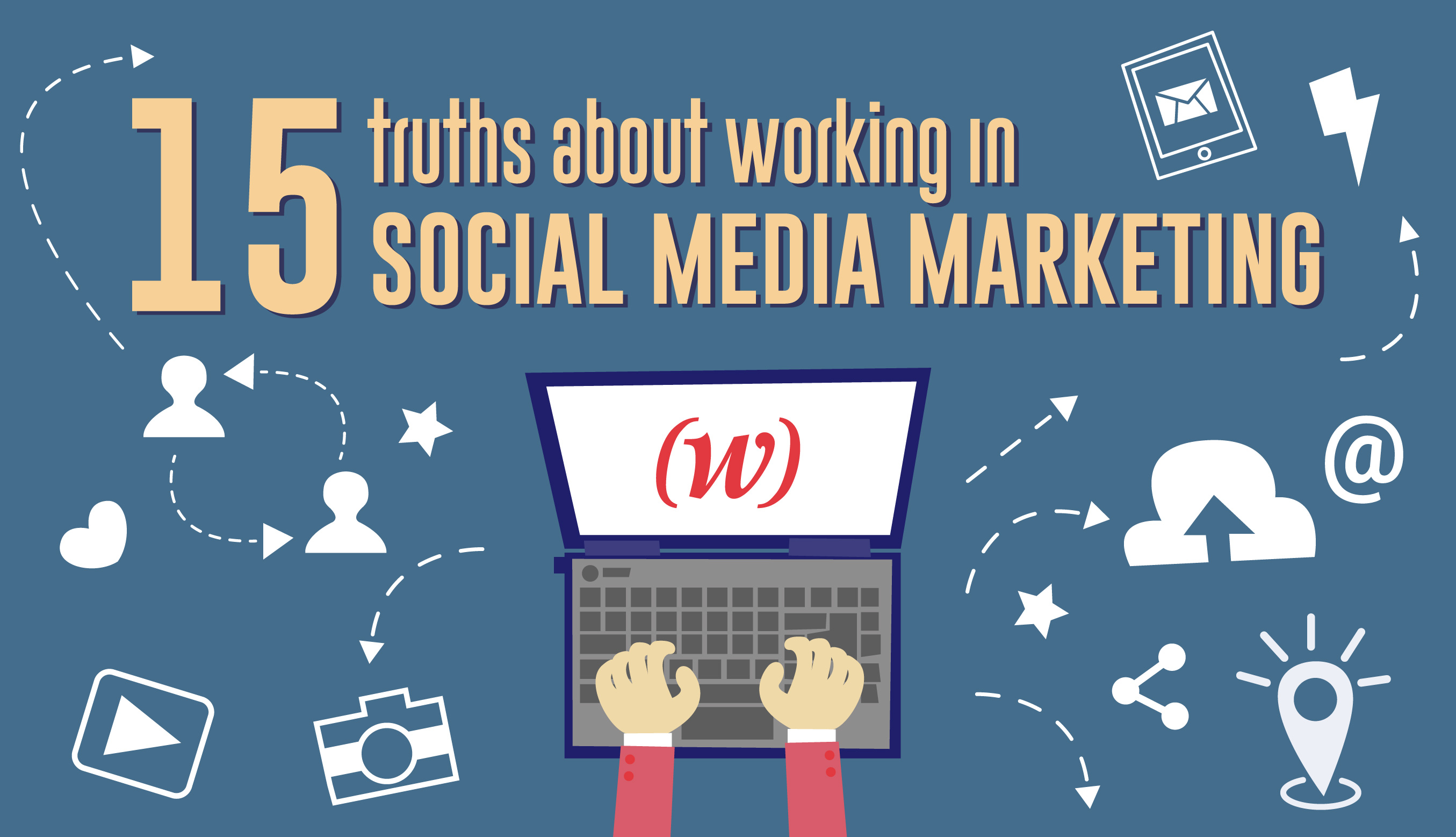







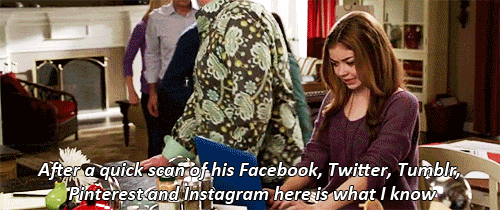
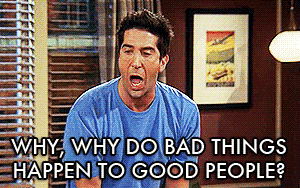






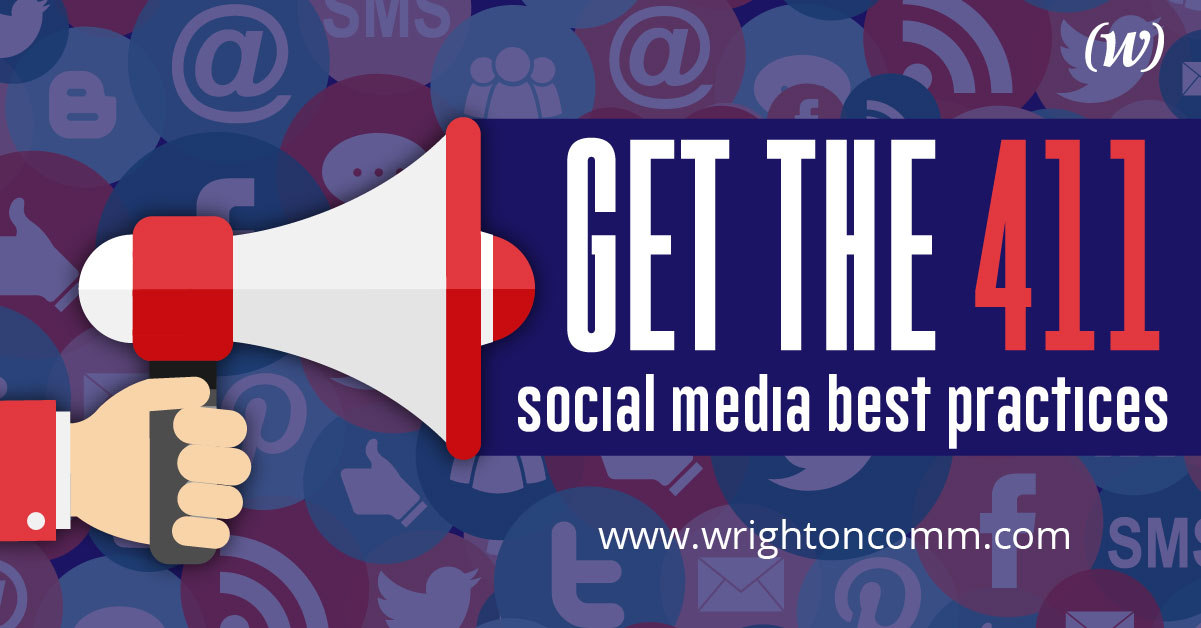
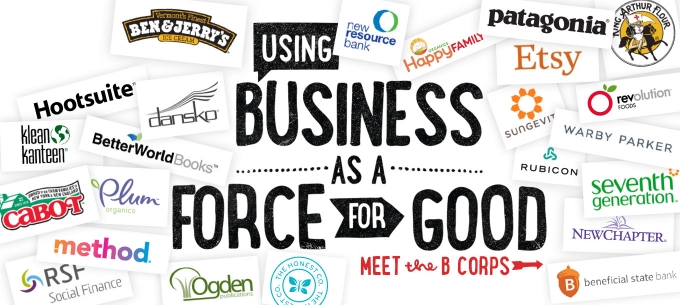






 Grant Wright
Grant Wright




 Corie Fiebiger
Corie Fiebiger
 Shae Geary
Shae Geary Roman Lukjanenko
Roman Lukjanenko Phelan Riessen
Phelan Riessen Katrina Early
Katrina Early Hamish Marshall
Hamish Marshall